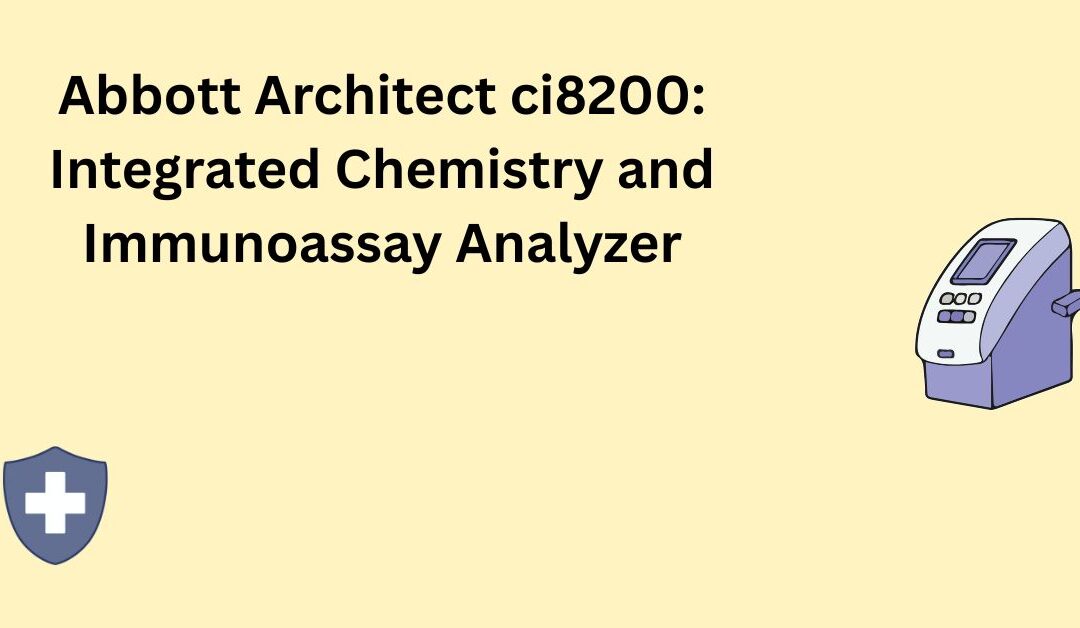Pigmentation issues can significantly impact one’s confidence and overall appearance, leading many to seek effective solutions. As skin concerns become increasingly prevalent, Pigmentation Treatment in Abu Dhabi has gained popularity among those eager to achieve a more even skin tone. This treatment addresses various forms of hyperpigmentation, including dark spots, age spots, melasma, and sun damage, providing a pathway to clearer, radiant skin. The goal of pigmentation treatment is to target excess melanin production and promote a more uniform complexion through advanced dermatological techniques. Whether you’re dealing with stubborn dark patches or uneven skin tone, understanding the process helps set realistic expectations for your skincare journey.
What Is Pigmentation and Why Does It Occur?
Pigmentation refers to the coloration of the skin caused by melanin, a natural pigment produced by specialized cells called melanocytes. Several factors can influence melanin production, leading to hyperpigmentation, which appears as darker patches or spots on the skin. Common causes include prolonged sun exposure, hormonal changes, aging, inflammation, and skin injuries. Environmental factors, such as pollution and UV rays, can also exacerbate pigmentation issues. Recognizing the underlying causes is essential for selecting the most effective treatment options and achieving optimal results.
Types of Pigmentation Commonly Treated
Pigmentation manifests in various forms, each requiring tailored approaches for effective management. The most common types include:
- Sun Spots (Age Spots or Liver Spots): Flat, brownish patches that develop due to prolonged sun exposure.
- Melasma: Characterized by symmetrical brown or grayish patches, often on the cheeks, forehead, or upper lip, typically linked to hormonal changes.
- Post-Inflammatory Hyperpigmentation: Dark spots that appear after skin injuries or inflammatory conditions like acne.
- Freckles: Small, pigmented spots that are often genetic and become more prominent with sun exposure.
Understanding the specific type of pigmentation helps in customizing treatments for better efficacy and lasting results.
How Pigmentation Treatment Works
Pigmentation treatments aim to target melanin production, break down existing pigmentation, and promote skin renewal. Modern dermatological techniques utilize a combination of topical agents, laser therapies, and chemical peels to achieve these goals. Topical treatments often include ingredients like hydroquinone, kojic acid, or vitamin C, which inhibit melanin synthesis. Laser therapies use focused light energy to break down excess pigment deposits without damaging surrounding tissue. Chemical peels involve applying acids to exfoliate the skin’s upper layers, removing pigmented cells and revealing fresh skin underneath. A comprehensive approach tailored to individual skin types often yields the best results, with consistent maintenance supporting long-term clarity.
Duration and Effectiveness of Pigmentation Treatment
How long does pigmentation treatment take to work? The timeline for visible improvements varies depending on the severity of pigmentation, treatment type, and individual skin response. Generally, patients can expect initial changes within a few weeks, with noticeable lightening occurring after 4 to 6 sessions spaced several weeks apart. It is important to understand that pigmentation treatments are not instant solutions; they require patience and adherence to post-treatment skincare routines. Consistent follow-up sessions and protective measures such as sun avoidance are vital for preventing recurrence and maintaining results. While some lighter pigmentation may resolve quickly, stubborn or deep-seated spots may take several months of treatment for full correction.
Preparing for Pigmentation Treatment
Preparation involves a thorough consultation with a qualified dermatologist who will evaluate your skin condition and recommend an appropriate treatment plan. Prior to undergoing pigmentation treatment, patients should avoid excessive sun exposure, use broad-spectrum sunscreens daily, and refrain from using harsh skin products that may irritate or inflame the skin. Proper skin hydration and gentle cleansing routines help optimize treatment outcomes. In some cases, pre-treatment skin conditioning may be advised to enhance the skin’s receptivity to therapies. Adequate preparation ensures that the skin is in the best possible condition to respond to treatment effectively.
Post-Treatment Care and Maintenance
Following pigmentation treatment, diligent aftercare is crucial to maximize results and prevent new pigmentation. This includes using prescribed topical agents, practicing daily sun protection, and avoiding skin irritants. Gentle skincare routines, hydration, and avoiding prolonged sun exposure help in the healing process. Regular follow-up appointments allow dermatologists to monitor progress and make necessary adjustments. Long-term maintenance with targeted skincare products can help sustain the improvements and prevent recurrence of pigmentation issues, ensuring a more even and luminous complexion over time.
Benefits of Choosing Professional Pigmentation Treatment
Opting for professional pigmentation treatment offers several advantages over at-home remedies. Expert clinics utilize advanced technologies and customized approaches to deliver safer, more effective results. Professional treatments can address stubborn pigmentation that over-the-counter products may not fully resolve. Additionally, dermatologists provide personalized advice, ensuring treatments are suitable for individual skin types and conditions. This targeted approach minimizes side effects and enhances the likelihood of achieving desired outcomes, making it a reliable choice for those seeking lasting skin clarity.
How to Maintain Results Long-Term
Long-term maintenance involves consistent skincare practices, sun protection, and lifestyle adjustments. Wearing broad-spectrum sunscreens daily, avoiding excessive sun exposure, and using antioxidant-rich skincare products help prevent new pigmentation. Incorporating nourishing routines with ingredients like vitamin C and niacinamide can reinforce skin health. Regular professional check-ups also support early intervention if pigmentation reappears. Adopting a holistic approach to skincare and sun safety is essential for sustaining the benefits of pigmentation treatments and enjoying a radiant, even complexion for years to come.
FAQs About Pigmentation Treatment in Abu Dhabi
1. How long does pigmentation treatment take to show results?
Results typically begin to appear within a few weeks, with significant improvements seen after 4 to 6 sessions, depending on the severity of pigmentation and chosen treatment modality.
2. Are multiple sessions necessary for effective pigmentation removal?
Yes, most pigmentation treatments require multiple sessions to achieve optimal results, with maintenance treatments sometimes recommended to sustain skin clarity.
3. Can pigmentation return after treatment?
While treatments effectively reduce pigmentation, environmental factors like sun exposure can cause recurrence. Consistent sun protection and skincare are vital to maintaining results.
4. Is pigmentation treatment suitable for all skin types?
Most pigmentation treatments are suitable for various skin types; however, a thorough consultation with a dermatologist will determine the most appropriate approach based on individual skin characteristics.
By understanding the intricacies of pigmentation and available treatments, individuals can make informed decisions and embark on a personalized journey towards healthier, more radiant skin.







0 Comments